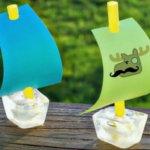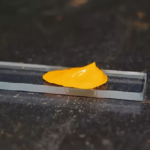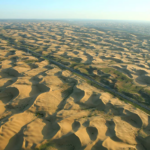Walls, or rather, their decoration is a key moment in the repair of premises. You can spend a lot of time and money on the selection of furniture, as well as decorative elements, but all this will not create the proper effect against the background of simple paper wallpaper. And accordingly, vice versa. An expensive decorative wall covering will give chic even a room, furnished without any delights.
Of course, the decoration of marble or wood is not for everyone, and it is extremely difficult to work with such material. Not every developer-finalist will be able to cope with a similar task. Given these factors, a decorative plaster for the walls was developed. It costs much cheaper than natural materials, and does not require specific knowledge from the master, since the decorative decoration practically does not differ from the decoration with ordinary plaster.
In what rooms can you use:
For interior decoration of office and residential premises;
For decoration of bathrooms, dining rooms and kitchens;
For street decoration of walls, arches, columns and many. DR.
The plus of decorative decoration is that it is not limited by one area of application. It is great for all types of premises both in texture and in physical properties.
How much decorative wall decoration will cost?
The most expensive finishing material in this segment is the Venetian plaster (the people are called just a “Venetian”). In its appearance, it resembles a marble coating, with a light 3D effect. The cost of one square of the Venetian is about a thousand rubles, plus additional materials and the services of the layer. On average – also a thousand rubles. Total, taking into account the necessary preparatory work and all materials, it turns out two thousand rubles.
Structural and textured decoration will cost a little cheaper. Its cost is about eight to seven hundred rubles per square. By analogy, we include here the price of consumables and preparatory materials and get the approximate cost of the finish-1600-1800 rubles. Although these two types of plaster are the same, but they are very different in appearance. As you can understand from the name, textured decoration most often imitates various natural coatings (stone, wood, metal, etc.), and structural – contains small fibers of solid mineral substances (cellulose, pebbles, etc.). Due to them, when applied, it acquires its unique “structure”.





